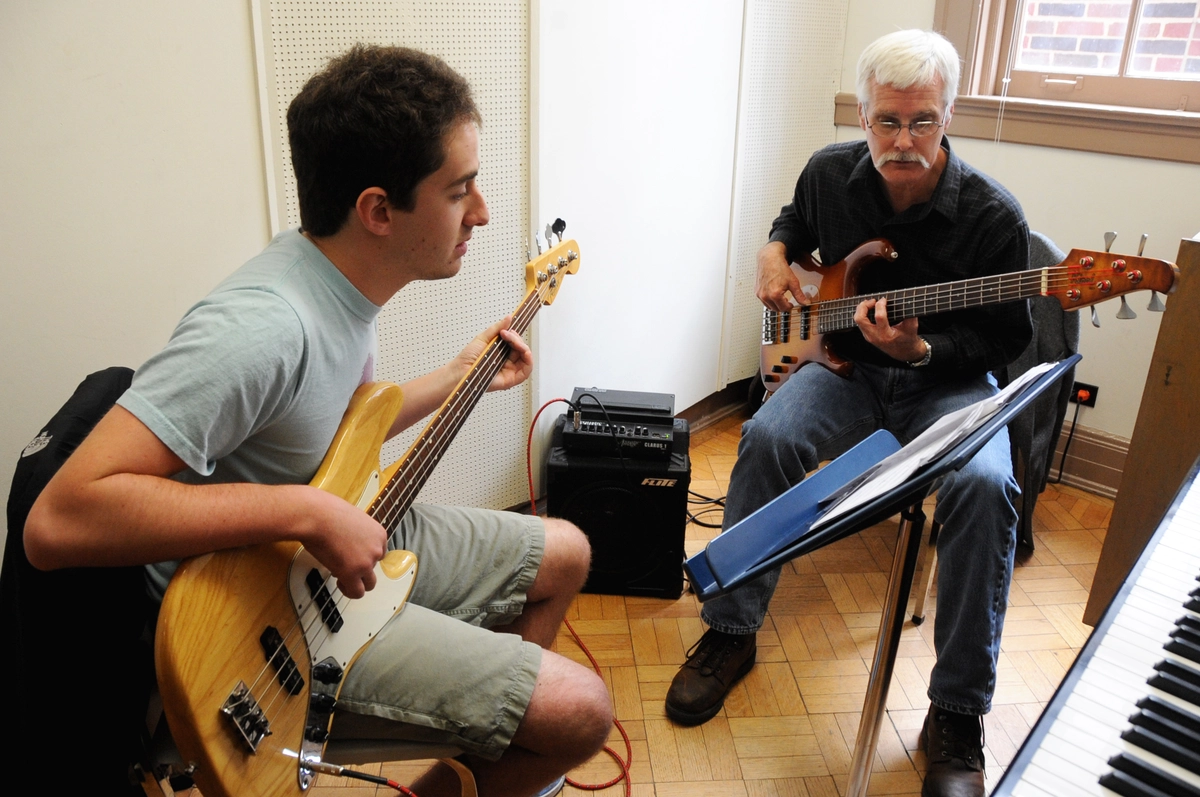Introduction
Music can bring people together, transcending cultural, social, and linguistic barriers. In the ever-evolving world of music education, teachers must adapt their methods to create an inclusive learning environment. This article explores the importance of inclusivity in music teaching and offers five practical strategies to foster inclusivity in your classroom or studio. Let’s dive in!
Why Inclusivity Matters in Music Teaching
A. The impact of diverse perspectives
Inclusivity in music teaching allows students of diverse backgrounds and experiences to engage with Music meaningfully. By embracing diverse perspectives, teachers can give students a richer understanding of Music, its history, and its cultural significance.
B. Music as a universal language
Music is often referred to as a universal language that can bridge gaps between people from different cultures and backgrounds. By fostering inclusivity in music teaching, educators can create opportunities for students to connect and communicate through the shared language of Music.
Five Ways to Foster Inclusivity in Music Teaching
A. Cultivate a safe and welcoming environment
Creating a safe and welcoming environment in your music classroom or studio is the foundation for inclusivity. It is a priority to establish a positive atmosphere where students feel valued, respected, and comfortable expressing their ideas and opinions.
B. Incorporate diverse musical styles and traditions
Expose your students to a wide range of musical styles and practices worldwide. By introducing them to various genres, cultures, and instruments, you’ll encourage an appreciation for the richness and complexity of the global musical landscape.
C. Address individual learning styles and needs
Recognize and accommodate the unique learning styles and needs of each student. Some may be visual learners, while others learn best through auditory or kinesthetic experiences. Tailor your teaching methods to support every student’s growth and development.
D. Utilize technology to enhance accessibility
Technology can be a powerful tool for enhancing accessibility and inclusion in music education. Consider incorporating apps, software, and adaptive instruments that can help accommodate students with varying abilities and learning preferences.
E. Encourage collaboration and peer learning
Foster a sense of community and collaboration by providing opportunities for students to work together and learn from one another. Group activities, ensemble playing, and peer feedback can enhance the learning experience and promote a more inclusive environment.
Tips for Implementing Inclusive Practices in Music Teaching
A. Seek professional development opportunities
Expand your knowledge and skills by attending workshops, conferences, and online courses related to inclusive music education. Networking with other music educators can also provide valuable insights and resources.
B. Be open to feedback
Embrace feedback from students, parents, and colleagues to identify areas where you can improve your inclusive teaching practices. Constructive criticism can help you grow as an educator and better serve your students.
C. Reflect on personal biases and assumptions
Take the time to examine your biases and assumptions about Music, teaching, and your students. Awareness of these biases can help create a more inclusive learning environment and challenge stereotypes or misconceptions.
Conclusion
Fostering inclusivity in music teaching is essential for creating a rich and rewarding learning experience for all students. By cultivating a safe and welcoming environment, incorporating diverse musical styles and traditions, addressing individual learning styles and needs, utilizing technology to enhance accessibility, and encouraging collaboration and peer learning, you can create a more inclusive and engaging music education experience. With these strategies in place, you’ll be well on your way to helping your students find harmony through the power of Music.
FAQs
1. How can I introduce diverse musical styles to my students?
One way to introduce diverse musical styles is by incorporating Music from various cultures, genres, and periods into your curriculum. You can invite guest speakers or musicians to share their expertise and experiences with your students.
2. What are some examples of technology that can enhance accessibility in music education?
Examples of technology that can enhance accessibility in music education include:
- Digital sheet music readers.
- Adaptive instruments.
- Music composition software.
- Apps designed for students with specific learning needs or preferences.
3. How can I support students with varying abilities in group activities or ensemble playing?
Encourage collaboration and peer learning by pairing students with different abilities and skill levels. Provide opportunities for students to take on various roles in group activities and offer guidance and support to ensure everyone can participate and contribute.
4. What resources are available to help me improve my inclusive Music teaching practices?
Numerous resources are available to help you improve your inclusive music teaching practices, including professional development workshops, online courses, conferences, books, and articles on inclusive music education. Networking with other music educators can also provide valuable insights and support.
5. How can I address my biases and assumptions in my music teaching practice?
To address your own biases and assumptions, take the time to reflect on your beliefs and experiences related to Music, teaching, and your students. Engage in professional development opportunities and seek feedback from others to grow and evolve as an educator continually.
